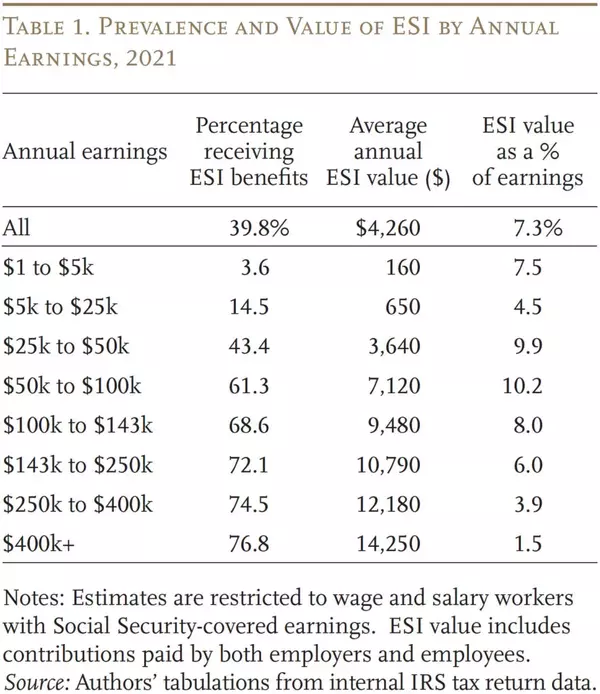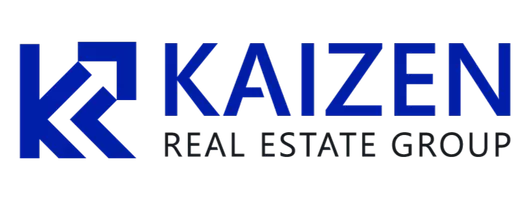Coldwell Banker’s Jason Waugh on data, skills and seizing market opportunity

On a recent call with HousingWire, Jason Waugh, the president of Coldwell Banker Affiliates, reflected on a milestone at home — his oldest daughter heading off to college. “We’re putting the finishing touches on summer before she leaves,” he says. For Waugh, it was a reminder of transition,
Read MoreMortgage brokers say loanDepot is knocking at their door again

loanDepot appears to be building capabilities in the wholesale mortgage space — a channel it formally exited three years ago. Executives and owners at three mortgage brokerage shops told HousingWire they were recently contacted by loanDepot representatives who introduced themselves as account ex
Read MoreFirst American: Existing home sales remain subdued

Nationally, existing home sales remain muted even as housing inventory grows, according to a new First American analysis of the 75 largest U.S. metropolitan areas. Inventory in July was nearly 20% higher than a year ago, yet the flow of new listings rose only 5% compared with 2024. That dis
Read MoreArkansas, Idaho metros lead the pack for new-home construction

Realtor.com has released a report that ranks the leading U.S. metropolitan areas for new residential construction as the country faces an estimated shortage of 4 million homes. The analysis examined the 100 largest metros based on the new-home share of listings, pricing compared to existing home
Read More8 steps to creating a real estate business plan (+ free template)

After teaching thousands of agents how to build a real estate business plan, I’ve seen one result consistently. The agents who put in the work and plan ahead are the ones who stay in business. Your notebook full of random thoughts jotted down isn’t going to cut it. You have to create a roadmap that
Read MoreHow to guide real estate buyers through mortgage rate changes

Mortgage rates are a crucial factor in any real estate purchase, particularly given the significant rise in rates over the past few years. With the Fed meeting coming up in September, there is anticipation that they will drop, but rates are constantly shifting, presenting some potential difficultie
Read MoreAlanna.ai wants to help title agents with the new FinCEN rules

The title agent-focused artificial Intelligence technology firm Alanna.ai has launched a digital signing capability to help title agents and companies comply with Financial Crimes Enforcement Network’s (FinCEN) new reporting requirements. In an announcement on Friday, the firm stated that it ha
Read MoreMichigan cities, lawmakers seek $800M for housing incentives

Michigan cities and a bipartisan group of state lawmakers are backing a $160 million annual budget proposal aimed at increasing housing construction and rehabilitation through local zoning changes and financial incentives. Officials say it could spur 10,000 new homes over five years — or about 2
Read MoreBonus Homes lands in Phoenix, unveils home equity release option

Bonus Homes, a real estate technology and investment firm, announced on Tuesday plans to open its headquarters in the Greater Phoenix area after raising $65.5 million in seed funding. A press release from the company said that the seed funding is from Solyco Capital, Redwood Trust, Nextview Vent
Read MoreNAR faces new antitrust suit over alleged steering

A broker in Florida is suing the National Association of Realtors (NAR), along with state and local associations and MLSs, for alleged antitrust violations and steering homebuyers into using buyer’s agents. Filed late last week by Jorge A. Zea in the U.S. District Court for the Southern Distric
Read MoreEx-GSE risk chief makes case for Fannie-Freddie merger

Clifford Rossi speaks from the vantage point of someone who has been inside the government-sponsored enterprises (GSEs). In different periods during the 1990s and 2000s, he served as a senior financial economist at Fannie Mae and as senior director of single-family risk management at Freddie Mac.
Read MoreFirst American launches monthly rent automated valuation model

First American Data & Analytics has released an automated valuation model that estimates monthly rent for residential properties nationwide. The product — called Procision Rental AVM — updates daily on roughly 100 million properties, including single-family homes, condominiums and homes in plan
Read MoreMortgage rates continue their slow march toward 6%
Housing market dynamics have grown more favorable for buyers and sellers in August, and it’s possible that the fall of 2025 could see even better conditions if mortgage rates return to 6%. But they haven’t approached that level in nearly a year and haven’t been consistently below that threshold sin
Read MoreNAR faces appeal of Eytalis antitrust suit

The National Association of Realtors (NAR) must face yet another appeal of a suit it was dismissed from earlier this summer. On Monday, plaintiff Luz de Amor Eytalis filed an appeal of the dismissal of her lawsuit against NAR, Paragon MLS Connect, Wichita Falls Association of Realtors and Texas Ass
Read MoreForged deed and mortgage fraud cost Georgia couple their home

A Georgia couple lost their longtime family home after a forged deed led to a reverse mortgage they claimed they never signed, according to reporting from WSB-TV. James and Lucretia Klucken said they began receiving notices in 2019 about repayment on a $50,000 reverse mortgage tied to James’ fa
Read MoreWhy are some vendors dragging their feet on the ICE SDK transition?

It isn’t news that ICE Mortgage Technology had planned to shut down some of its older tech systems — mainly the Encompass SDK — by Oct. 31, 2025. Users were supposed to switch to newer, API-based technology called Encompass Partner Connect (EPC) by that deadline. Now, the Halloween deadline has
Read MoreIMBs swing back to profitability in Q2 with $950 per-loan gain

Independent mortgage banks (IMBs) delivered a pretax net production profit of $950 per loan in the second quarter of 2025, rebounding from a $28 loss in the prior quarter. The improvement was fueled by seasonality, cost reductions and higher average loan balances. The data, released on Tuesday,
Read MoreAs reverse mortgage demand grows, lenders may need more personnel

Consumer demand for reverse mortgage products is expected to rise as the population ages more quickly. According to estimates from Business Research Insights, the global market is currently valued at $2 billion and could reach $3.2 billion by 2033. More business is likely to push reverse mortgag
Read MoreInside Real Estate puts forth AI-powered home search platform

Inside Real Estate has released HomeSearch AI — a new search and client engagement platform designed to let users input natural language to find listings and help real estate professionals reengage dormant leads. The platform incorporates technology from ListAssist — a company Inside Real Estate
Read MoreRE/MAX turns to Vic Lombardo to scale Motto Mortgage, wemlo

RE/MAX Holdings has appointed Vic Lombardo as its president of mortgage services. Lombardo will succeed Ward Morrison to oversee mortgage brokerage franchise brand Motto Mortgage and third-party processing solution wemlo, the company announced on Monday. Lombardo brings more than two decades of
Read More
Categories
Recent Posts











